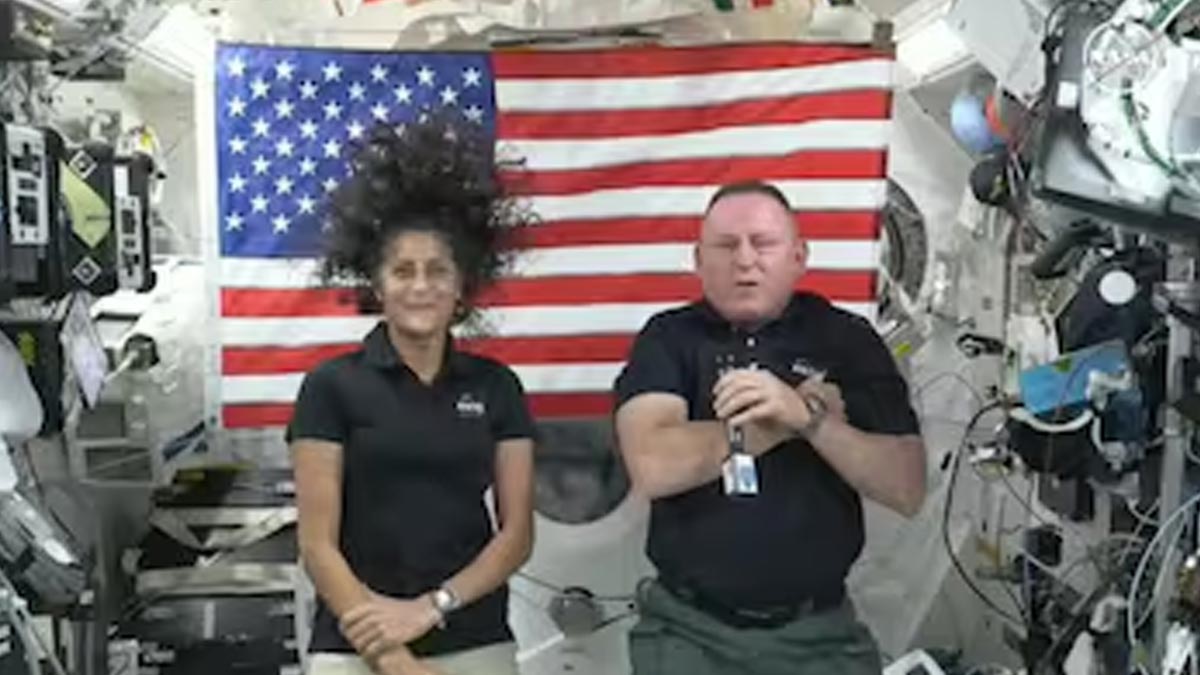
Space exploration has always pushed the boundaries of human endurance, but as we venture further into space, understanding the physiological changes that occur during prolonged space missions becomes increasingly important. One such change is space anaemia—a condition characterised by a significant reduction in red blood cells (RBCs) and haemoglobin levels, which can have profound effects on astronauts.
Table of Content:-
Understanding Space Anaemia
Dr Roohi Pirzada, a Consultant Physician, Mumbai, explains that space anaemia is a complex and multifactorial condition that has been observed in astronauts since the earliest space missions. It is primarily characterised by a reduction in the number of RBCs, with astronauts experiencing a marked increase in the destruction rate of these cells during their time in space.
"On Earth, our bodies destroy around 2 million RBCs per second," notes Dr Pirzada. "However, in space, this number increases to 3 million per second, resulting in the loss of 54% more cells than we would typically see on Earth." This accelerated destruction is the body's way of adapting to the fluid shifts that occur in a microgravity environment, but it comes with its own set of challenges.
While some scientists initially believed that this RBC loss was temporary and would normalise after 10 to 15 days in space, more recent studies suggest that the destruction of RBCs continues throughout the entire duration of an astronaut's mission. This ongoing loss can lead to significant physiological stress and requires careful management.

The Impact of Weightlessness
Dr Kiran Dhake, a Corporate Wellness Physician and Imaging Specialist, Mumbai, elaborates on the effects of weightlessness on the human body. "In space, the lack of gravity causes a shift in bodily fluids, leading to fluid loss from red blood cells," he explains. This fluid redistribution tricks the body into sensing an excess of blood, prompting it to reduce RBC production and increase the destruction of existing ones.
The continuous turnover of RBCs can have various consequences. While the body initially adapts to a lower RBC count in the microgravity environment, this adaptation poses risks. When astronauts return to Earth's gravity, their bodies must readjust, leading to an increase in RBC production. This recovery process can vary greatly from person to person, often taking weeks or even months.
Long-Term Consequences and Recovery
One of the critical concerns regarding space anaemia is its long-term impact. While the condition is often reversible upon returning to Earth, the prolonged effects on the body's physiological mechanisms are not fully understood. Dr Dhake emphasises the need for further study, especially in cases where astronauts have pre-existing conditions such as anaemia or cardiovascular issues.
"Space anaemia is one of the phenomena where human blood system physiology responds to the space environment," says Dr Dhake. "Continuous monitoring of cumulative exposure in space, a deeper understanding of the mechanisms involved, and addressing unexplored potential effects are crucial to developing specific interventions and countermeasures."
Conclusion
As space missions grow longer and more ambitious, understanding and mitigating the effects of space anaemia will be vital to ensuring the health and safety of astronauts like Sunita Williams and Butch Wilmore. The insights provided by experts like Dr Roohi Pirzada and Dr Kiran Dhake underscore the importance of continuous research and monitoring to address the unique challenges posed by prolonged space travel. By doing so, we can better prepare for the future of human exploration beyond our planet.
Also watch this video
How we keep this article up to date:
We work with experts and keep a close eye on the latest in health and wellness. Whenever there is a new research or helpful information, we update our articles with accurate and useful advice.
Current Version